E. H.
GOMBRICH
A LITTLE
HISTORY
 of
of
THE WORLD
TRANSLATED BY CAROLINE MUSTILL
YALE UNIVERSITY PRESS
NEW HAVEN AND LONDON
Copyright 1985 by DuMont Literatur und Kunst Verlag GmbH und Co. KG, Cologne, Germany
First published in paperback 2008
English translation copyright 2005 by Caroline Mustill
Preface to the English edition 2005 by Leonie Gombrich
Line illustrations to the English edition 2005 by Clifford Harper
Published in German as Eine kurze Weltgeschichte fr junge Leser by Ernst H. Gombrich
Originally published under the title Weltgeschichte von der Urzeit bis zur Gegenwart by Steyrermhl-Verlag, Vienna in 1936
All rights reserved. This book may not be reproduced in whole or in part, in any form (beyond that copying permitted by Sections 107 and 108 of the U.S. Copyright Law and except by reviewers for the public press) without written permission from the publishers.
For information about this and other Yale University Press publications, please contact:
U.S. Office:
Europe Office:
Set in Minion by Northern Phototypesetting Co. Ltd, Bolton
Printed in the United States of America
Library of Congress Cataloging-in-Publication Data
Gombrich, E. H. (Ernst Hans), 1909
[Kurze Weltgeschichte fr Junge Leser. English]
A little history of the world/Ernst Gombrich.
p. cm.
ISBN 978-0300108835 (cl.: alk. paper)
1. World historyJuvenile literature. I. Title.
D23.G64 2005
909dc22
2005011802
A catalogue record for this book is available from the British Library.
ISBN 978-0-300-14332-4 (pbk)
10 9 8 7 6 5 4 3 2 1
The publishers would like to thank the Estate of E. H. Gombrich for permission to reproduce photographs from the family albums, taken by Ilse Gombrich.
Fr Ilse
Wie Du stets Dirs angehrt
Also stets Dirs angehrt
CONTENTS
The past and memory Before there were any people Dragon-like creatures Earth without life Sun without earth What is history?
The Heidelberg jaw Neanderthal man Prehistory Fire Tools Cavemen Language Painting Making magic The Ice Age and the Early Stone Age Pile dwellings The Bronze Age People like you and me
King Menes Egypt A hymn to the Nile Pharaohs Pyramids The religion of the ancient Egyptians The Sphinx Hieroglyphs Papyrus Revolution in the old kingdom Akhenatons reforms
Mesopotamia today The burial sites at Ur Clay tablets and cuneiform script Hamurabis laws Star worship The origin of the days of the week The Tower of Babel Nebuchadnezzar
Palestine Abraham of Ur The Flood Moses bondage in Egypt and the year of the departure from Egypt Saul, David, Solomon The division of the kingdom The destruction of Israel The prophets speak The Babylonian Captivity The Return The Old Testament and faith in the Messiah
Writing with the alphabet The Phoenicians and their trading posts
The songs of Homer Schliemanns excavations Sea-raider kings Crete and the labyrinth The Dorian migration The songs of the heroes Greek tribes and their colonies
The Persians and their faith Cyrus conquers Babylon Cambyses in Egypt Dariuss empire The Ionian revolt The first Punitive Expedition The second Punitive Expedition and the Battle of Marathon Xerxes campaign Thermopylae The Battle of Salamis
The Olympic Games The Delphic Oracle Sparta and Spartan education Athens Draco and Solon The Peoples Assembly and tyrants The time of Pericles Philosophy Sculpture and painting Architecture Theatre
India Mohenjo-Daro, a city from the time of Ur The Indian migrations Indo-European languages Castes Brahma and the transmigration of souls This is you Prince Gautama The Enlightenment Release from sufffering Nirvana The followers of the Buddha
China in the time before Christ The emperor of China and the princes The meaning of Chinese writing Confucius The importance of practices and customs The family Ruler and subject Lao-tzu The Tao
The Peloponnesian War The Delphic War Philip of Macedon The Battle of Chaeronea The decline of the Persian empire Alexander the Great The destruction of Thebes Aristotle and his knowledge Diogenes The conquest of Asia Minor The Gordion Knot The Battle of Issus The conquest of Tyre and the conquest of Egypt Alexandria The Battle of Gaugamela The Indian expedition Porus Alexander, ruler of the Orient Alexanders death and his successors Hellenism The library of Alexandria
Italy Rome and the myth of Romes foundation Class warfare The twelve tablets of the law The Roman character Romes capture by the Gauls The conquest of Italy Pyrrhus Carthage The First Punic War Hannibal Crossing the Alps Quintus Fabius Maximus Cannae The last call to arms Scipios victory over Hannibal The conquest of Greece Cato The destruction of Carthage
The Emperor Shih Huang-ti of Chin The burning of the books The princes of Chin and the naming of China The Great Wall of China The Han ruling family Learned officials
Roman provinces Roads and aqueducts Legions The two Gracchi Bread and circuses Marius The Cimbri and the Teutones Sulla Gladiators Julius Caesar The Gallic Wars Victory in the civil war Cleopatra The reform of the calendar Caesars murder Augustus and the empire The arts
Jesus Christ The teachings of the Apostle Paul The Cross Paul preaching to the Corinthians The cult of the emperor Nero Rome burns The first Christian persecutions The catacombs Titus destroys Jerusalem The dispersal of the Jews
Tenements and villas Therms The Colosseum The Germans Arminius and the battle in Teutoburg forest The Limes Soldiers and their gods Trajans expeditions in Dacia Marcus Aureliuss battles near Vienna Warrior-emperors The decline of Italy The spread of Christianity Diocletians reforms The last Christian persecution Constantine The founding of Constantinople The division of the empire Christianity becomes the religion of the state
The Huns The Visigoths The Migrations Attila Leo the Great Romulus Augustulus Odoacer and the end of antiquity The Ostrogoths and Theodoric Ravenna Justinian The Pandects of Justinian and the Agia Sophia The end of the Goths The Lombards
The Dark Ages? Belief and superstition Stylites Benedictines Preserving the inheritance of antiquity The importance of the northern monasteries Cloviss baptism The role of the clergy in the Merovingian kingdom Boniface
The Arabian desert Mecca and the Kaaba Muhammads background and life Persecution and flight Medina The battle with Mecca The last sermon The conquests of Palestine, Persia and Egypt The burning of the Alexandrian library The siege of Constantinople The conquests of North Africa and Spain The battles of Tours and Poitiers Arab culture Arabic numerals
The Merovingians and their stewards The kingdom of the Franks Charlemagnes battles in Gaul, Italy and Spain The Avars Battles with the Saxons The Heldenlieder The crowning of the emperor Harun al-Rashids ambassadors The division and decline of the Carolingian empire Svatopluk The Vikings The kingdoms of the Normans
East and West in Carolingian times The blossoming of culture in China The Magyar invasion King Henry Otto the Great Austria and the Babenbergs Feudalism and serfdom Hugh Capet The Danes in England Religious appointments The Investiture Controversy Gregory VII and Henry IV Canossa Robert Guiscard and William the Conqueror
Next page

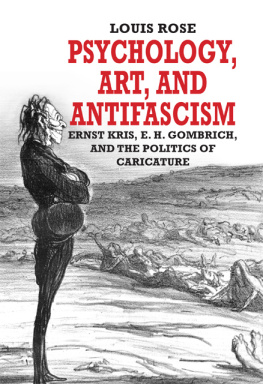

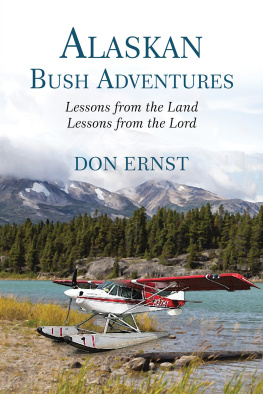
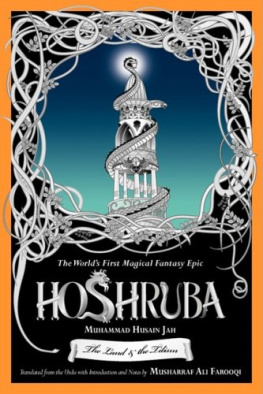


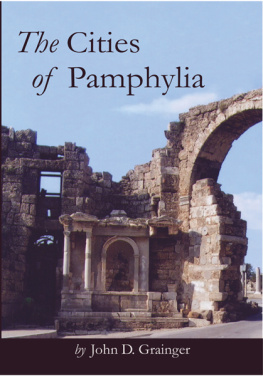
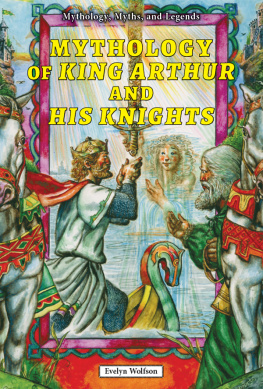
 of
of